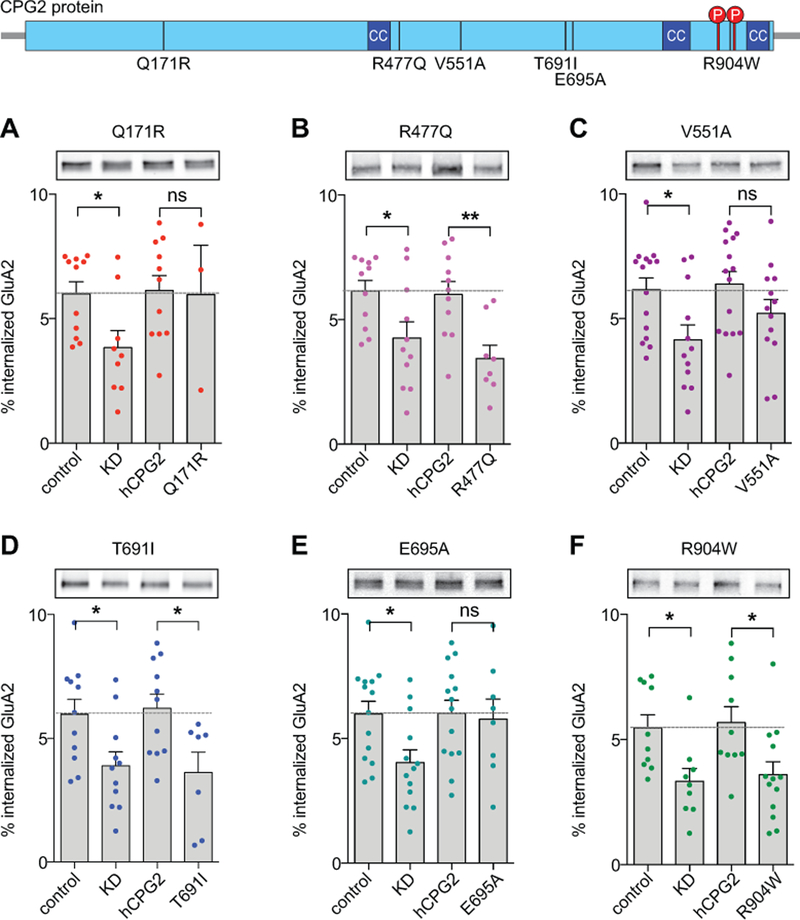Figure 5. Effect of human CPG2 coding variants on glutamate receptor internalization.
CPG2 coding variants were tested in an internalization assay for biotinylated surface receptors. Schematic depiction of predicted CPG2 protein structure with dark blue regions indicating coiled-coil domains and red circles marking two PKA phosphorylation sites. Black vertical lines label the positions of identified missense SNPs with their amino acid residue exchange indicated. A-F) Cultured cortical neurons were either uninfected (control), infected with shRNA for KD of endogenous CPG2 (KD) or infected with shRNA for CPG2 KD together with GFP-fused human CPG2 reference protein (hCPG2) or mutated variants (as indicated). Representative Western blots showing the internalized fraction of biotinylated surface receptors probed with GluA2 antibodies. Quantification of internalized GluA2 is presented as percent internalization calibrated to levels of surface receptors. Human CPG2 replacement shows receptor internalization rates comparable to control. CPG2 variants R477Q, T691I, and R904W show significantly decreased GluA2 internalization. (*p<0.05, **p<0.01, One-way ANOVAs, Tukey’s post hoc tests).

